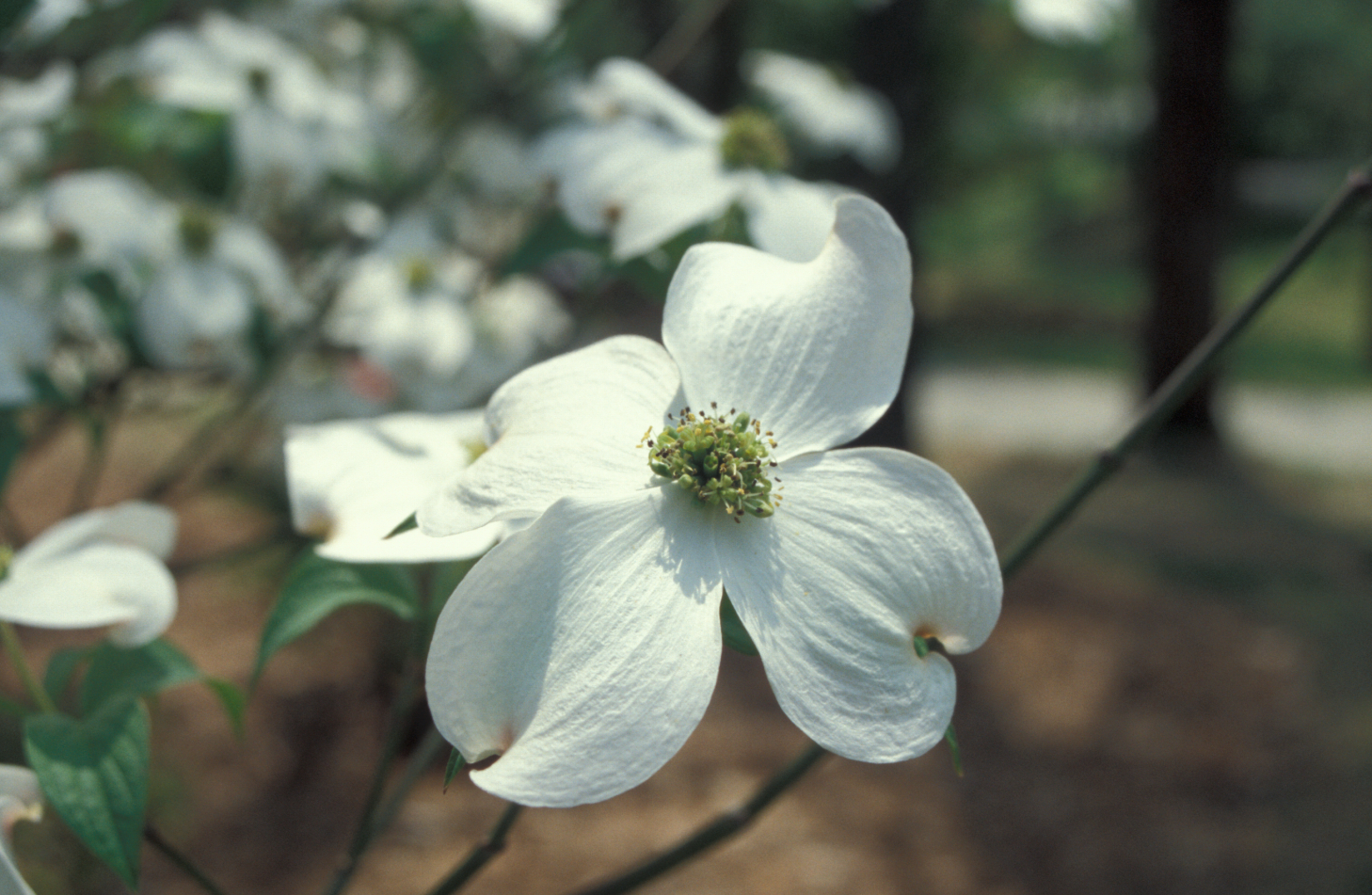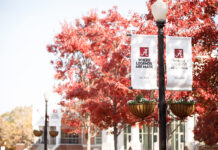In addition to promoting the planting of trees and shrubs for beauty and wildlife, our goal with the Cullman Forestry Planning Committee is to educate (especially youth) through programs such as FAWN, which we offer to Cullman County and City Schools each year."Cullman County Extension Office Coordinator Tony Glover
CULLMAN – If you have been thinking about planting some trees to add shade, or interest and curb appeal to your property, then you need to mark your calendar for the annual Arbor Day tree sale, which takes place this year on Thursday, Feb. 2, at the North Alabama Agriplex, 1714 Talley Ho St. in Cullman, beginning at 8 a.m.
According to Cullman County Extension Office Coordinator Tony Glover, there will be many varieties of ornamental trees and shrubs available for the very reasonable price of $1 to $2 each. “They are all seedling, bare-root plants,” said Glover.
The selection of ornamentals will include: sweetshrub (calycanthus), buttonbush, redbud, dogwood, strawberry bush (hearts a bursting), southern magnolia and waxmyrtle. “We are also hoping to have a few hardwoods and pines,” Glover added.
You should plan to come early for the best selection. “We will be there until the plants are gone but no later than 1 or 2 p.m.,” Glover stressed.
If you have never planted bare-root trees before, here are some tips for planting success:
When you get home with your bare-root tree, it will be in a dormant state. It’s important to keep the bare-root plant in this state until you are ready to plant it in the ground; otherwise, the plant will die, so don’t stick it down in a bucket of water then leave it for a week or two.
You should keep the roots of the plants moist by leaving the wrapping on the roots or packing the roots in damp peat moss or soil.
Once you are ready to start bare-root planting, mix together water and potting soil to a slurry. Remove the packing around the roots of the bare-root tree and place into the soil slurry for about an hour to help adjust the roots prior to planting into the ground.
Remove any tags, bags or wire that may still be on the tree. Then dig the hole deep enough so that the tree will sit at the same level that it was grown in the pot. (You can tell this by looking at the area on the trunk just above where the roots begin, there you will find a darker colored section, or “collar” on the bark of the trunk.) This will mark the place that was ground-level for the tree the last time the tree was growing in the ground. It should be located just above the soil line when you replant the tree.
Shape the hole so that the roots can sit comfortably at this level. Spread them out, don’t cramp them up in a hole that’s too small, or else they will grow in a circle and eventually this will kill them.
Score the sides of the hole so that they aren’t slick, thus giving the roots a crevice to grow into instead of curling around the hole.
Form a mound at the bottom of the hole that the roots of the tree can be placed over. Gently tease apart the bare roots or the tree and drape them over the mound. This will also help the bare-root tree transplant develop a healthy root system that does not circle in on itself and become root-bound.
Now backfill the hole, tamp the soil down around the roots to make sure there are no air pockets, and water thoroughly.
Care for your bare-root tree just like any other newly planted tree, check for insects, and water well if planted in times of drought. February is a great month for planting trees of any kind because it’s still cool enough that the roots won’t dry out in a day and it gives the young sapling plenty of time to stretch before the leaves start to come on later in the spring.
A word about your plant site; always chose your site carefully. If you are in doubt, call your extension office for more advice on the perfect location for the type of tree you are planting. You don’t want to invest time in planting just to find out that the location is less than ideal.
Look up the botanical information on your tree. If it grows 20 feet wide, you won’t want to plant it near your house, and if it requires some shade, you don’t want to place it against your brick in an un-shaded south or western exposure. Knowing your tree’s requirements is half the battle.
If you have an area that you would like to hide, planting evergreens in a row like a hedge is the perfect solution, as long as you have room for them to grow.
Make sure that you have easy access to a water source because you may need to water your young trees for the first year if there is not adequate rainfall.
For more information on the tree sale, contact the Alabama Forestry Commission at 256-734-0573 or the Cullman County Soil and Water Conservation District at 256-734-1431.
Copyright 2017 Humble Roots, LLC. All Rights Reserved.



























